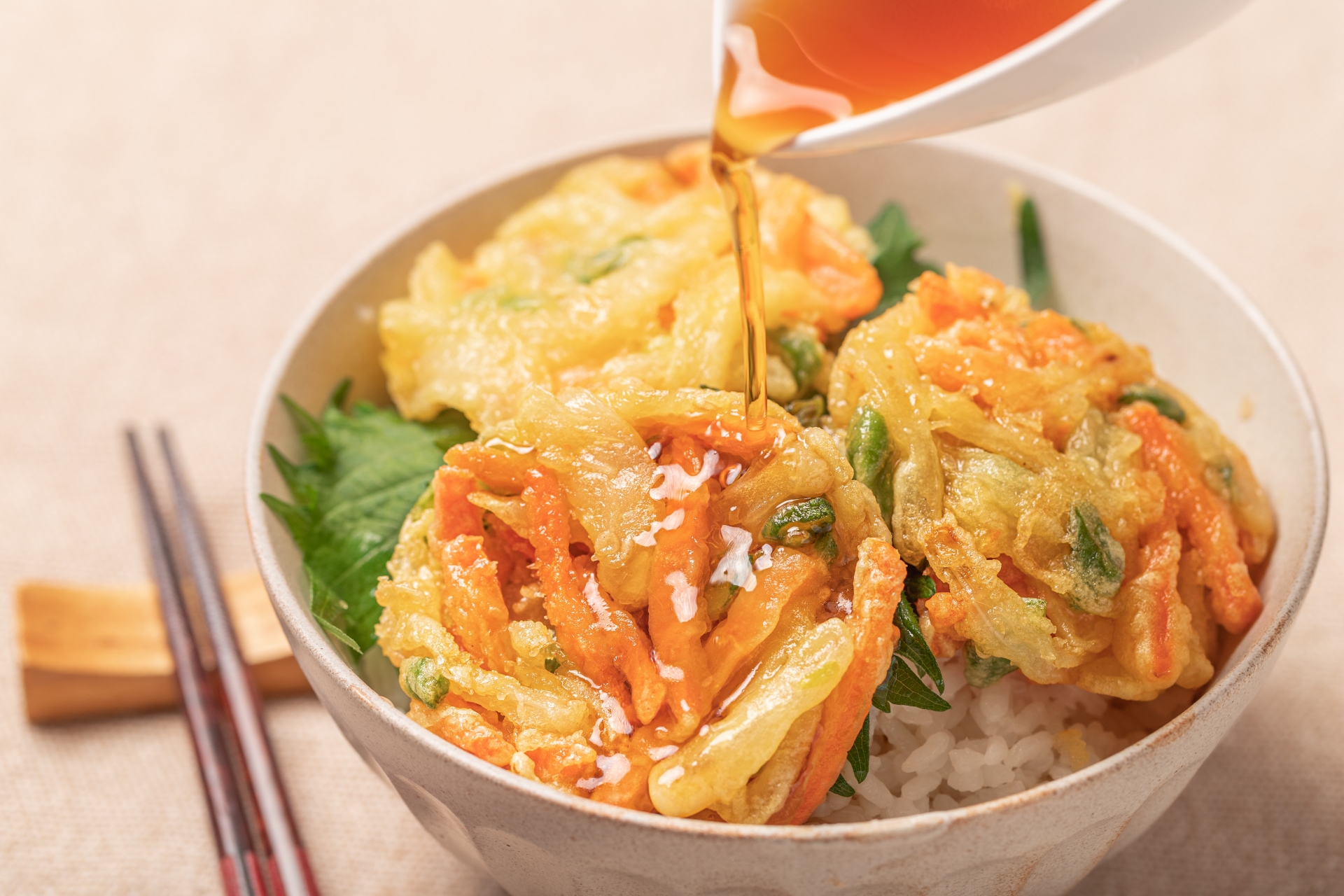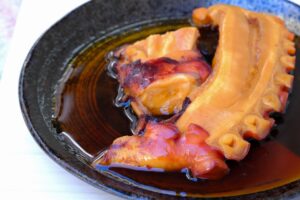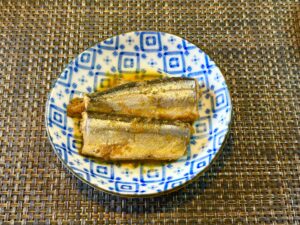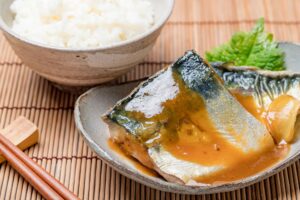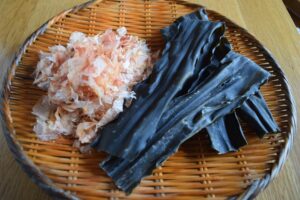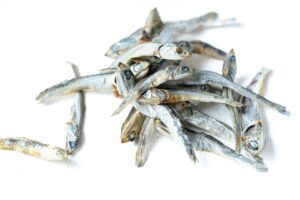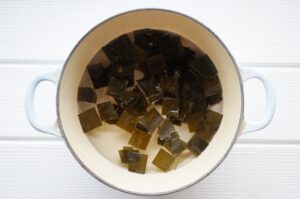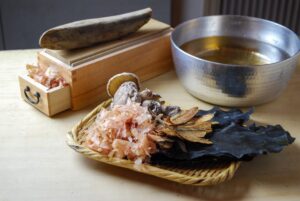Kakiage is a beloved type of Japanese tempura made by mixing various chopped vegetables—and sometimes seafood—into a batter and deep-frying them into crispy fritters. While it’s commonly served over rice or noodles, kakiage stands out for its versatility and home-cooked charm. In this article, we’ll explore what makes kakiage unique, how to make it, and why it’s a staple in Japanese kitchens and restaurants alike.
What Is Kakiage?
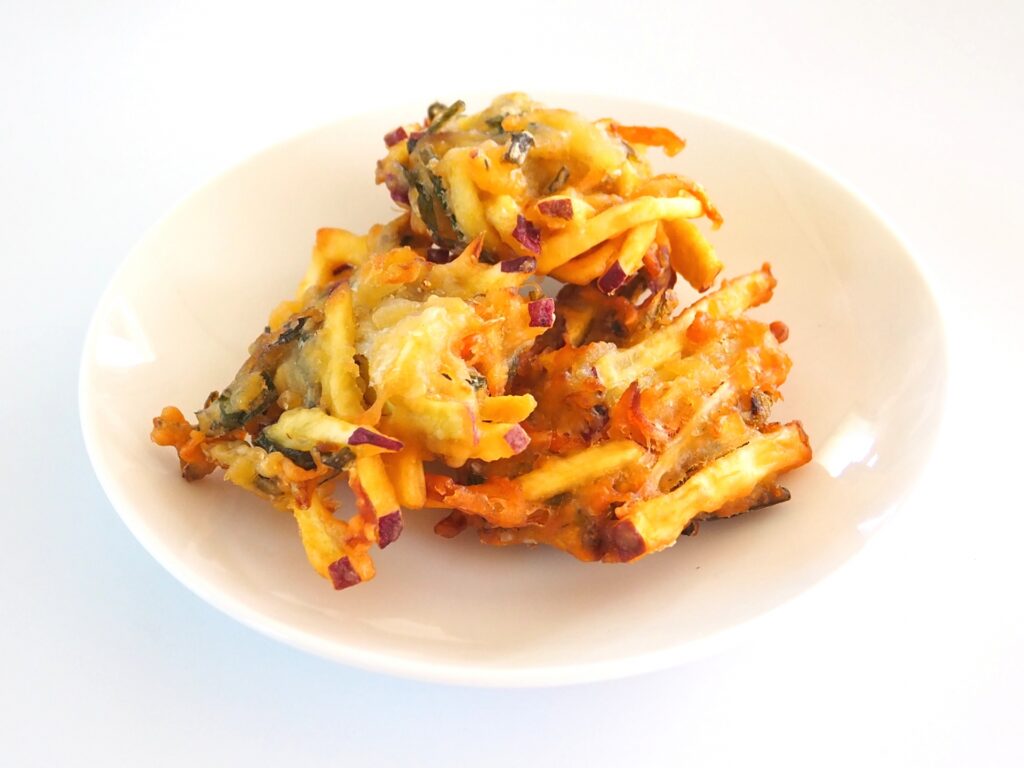
Kakiage is a type of Japanese tempura made by mixing various chopped vegetables—and sometimes seafood—into a single batter and deep-frying it into a golden, crispy fritter. Unlike traditional tempura, where ingredients are individually battered and fried (such as shrimp or sweet potato), kakiage is a cluster of mixed ingredients fried together, resulting in a rustic, hearty texture.
Typical ingredients include thinly sliced onions, julienned carrots, burdock root (gobo), and seafood like shrimp or squid. These ingredients are combined with a light tempura batter and carefully dropped into hot oil to form small fritters. The outcome is a crispy, savory treat that pairs wonderfully with rice, noodles, or as a snack on its own.
Kakiage is especially popular in home cooking and at casual eateries like soba or udon shops. It’s cherished for being easy to make, affordable, and highly customizable.
The History and Origins of Kakiage
While tempura has its roots in Portuguese cuisine introduced to Japan in the 16th century, kakiage developed as a more accessible, home-cooked version over time. The dish gained popularity during the Edo period, when frying became a more common cooking method thanks to improved oil availability.
Kakiage’s appeal lies in its frugality and flexibility—a perfect way to use up leftover vegetables or small amounts of seafood. In regions like Kanto (Tokyo area), kakiage is commonly seen atop soba noodles, while in Kansai (Osaka and Kyoto), it may be served with udon or as part of a set meal.
Today, kakiage continues to be a go-to comfort food. Whether served at train station noodle stands, home kitchens, or school lunches, it’s a symbol of everyday Japanese dining.

Ingredients Commonly Used in Kakiage
The beauty of kakiage lies in its adaptability. Here’s a look at common ingredients and possible substitutions:
| Ingredient | Description | Substitution (if needed) |
| Onion | Adds sweetness and texture | Shallots |
| Carrot | Offers crunch and color | Zucchini (optional) |
| Burdock root | Earthy flavor, firm bite | Parsnip or lotus root |
| Shrimp | Umami and protein boost | Tofu (for vegan version) |
| Tempura flour | Creates light coating | All-purpose + cornstarch |
For vegetarian and vegan variations, simply omit seafood and stick to vegetables. You can also use plant-based protein like tofu, tempeh, or soy curls.
Most ingredients are available at Asian grocery stores, but substitutions work well if you’re shopping at a Western supermarket.
How to Make Kakiage at Home
Making kakiage at home is easier than you might think. Follow these steps:
- Prepare Ingredients: Thinly slice onions and carrots. Julienne other vegetables like burdock root or zucchini. If using seafood, chop it into small pieces.
- Make the Batter: Mix 1 cup of tempura flour (or all-purpose + cornstarch) with 3/4 cup of ice-cold water. Do not overmix; lumps are okay.
- Combine Ingredients: Toss your sliced vegetables and seafood lightly in a bit of flour, then mix into the batter.
- Heat the Oil: Use a neutral oil like canola or vegetable oil. Heat to around 170-180°C (340-355°F).
- Fry: Scoop a small handful of the mixture and gently drop into oil. Fry until golden and crispy (about 2-3 minutes per side). Do not overcrowd the pan.
Key Tips:
- Keep batter cold for crispier texture.
- Ensure oil temperature stays consistent.
- Drain on a wire rack, not paper towels, to maintain crunch.
Optional Air Fryer Method: Lightly spray kakiage with oil and air fry at 375°F for 8-10 minutes, flipping halfway.
Kakiage in Japanese Meals
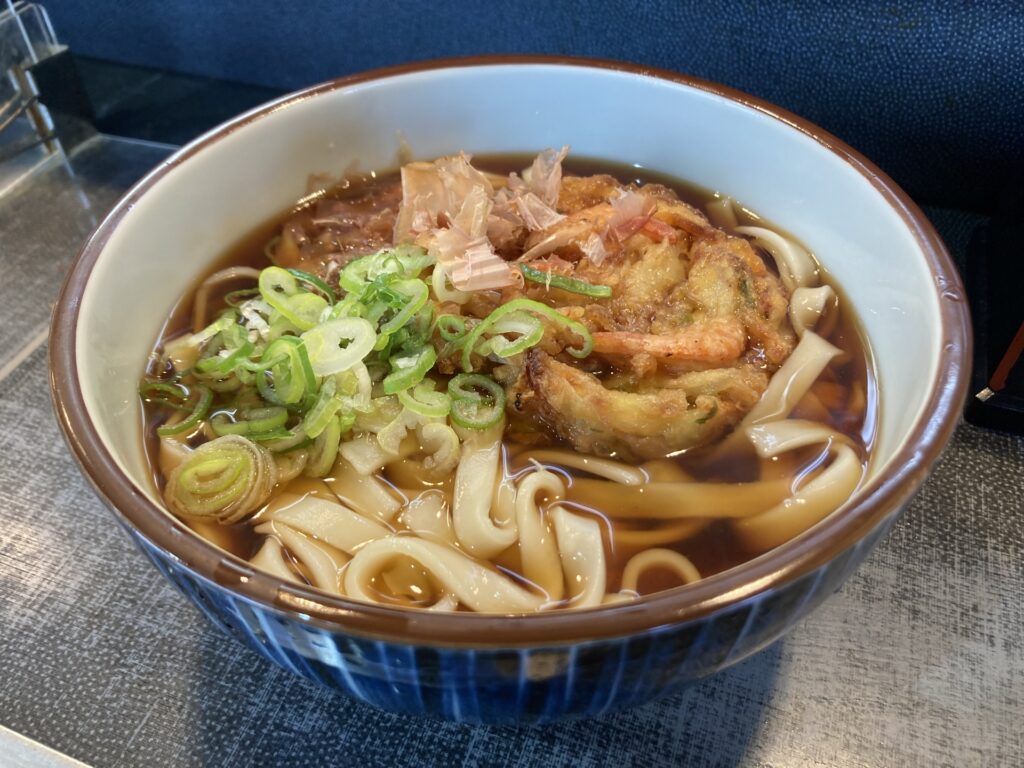
Kakiage is as versatile in its use as it is in its ingredients. It often appears in:
- Kakiage Don: Over a bowl of rice with soy-based sauce.
- Kakiage Udon/Soba: Placed on top of hot or cold noodles.
- Bento Boxes: As a side dish in lunch boxes.
- Convenience Stores: Sold pre-packaged for quick meals.
Its crunchy texture and umami flavor make it a favorite in casual meals. Many Japanese see kakiage as a warm, nostalgic food—perfect for a quick lunch or a no-fuss dinner.
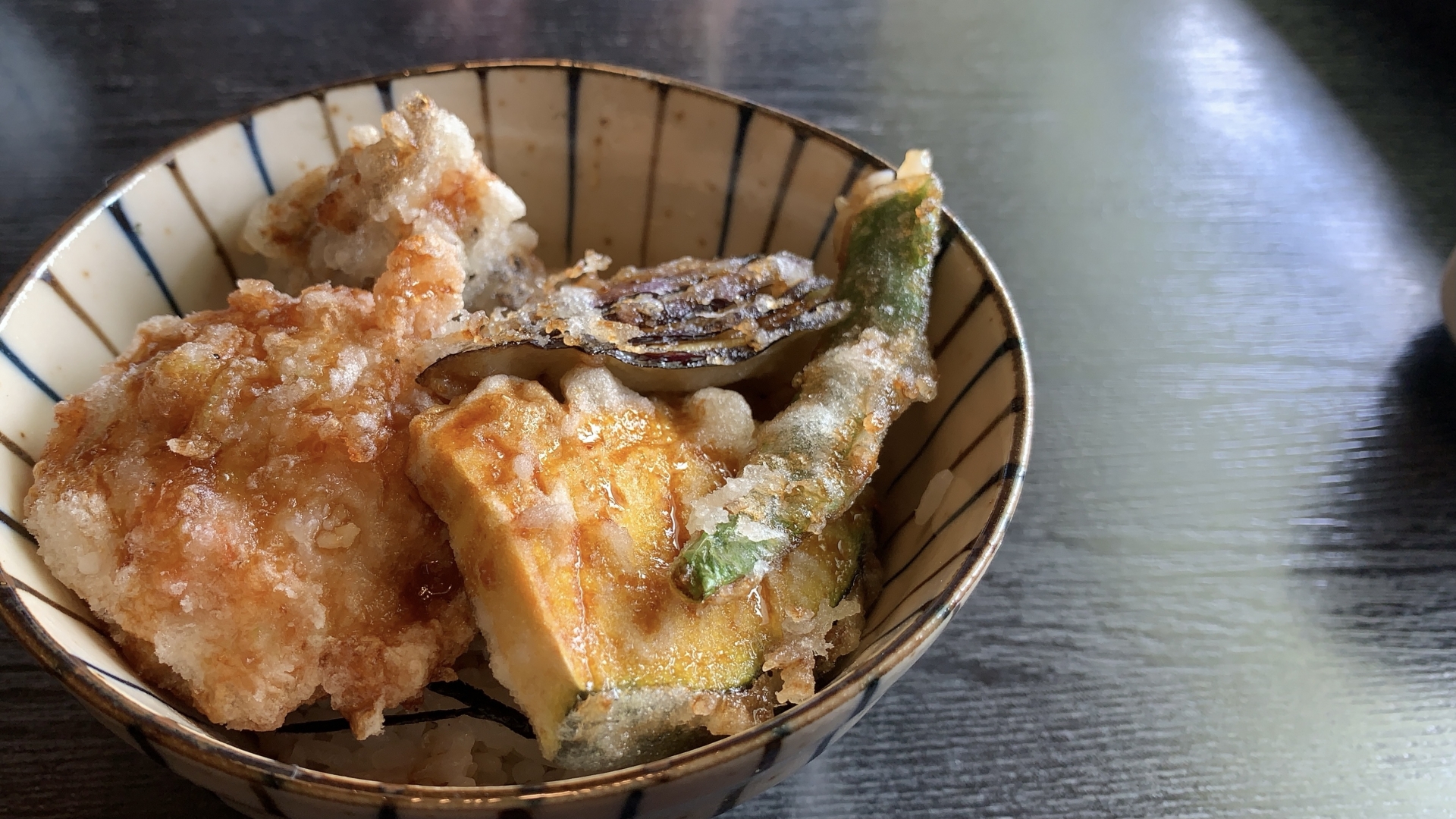
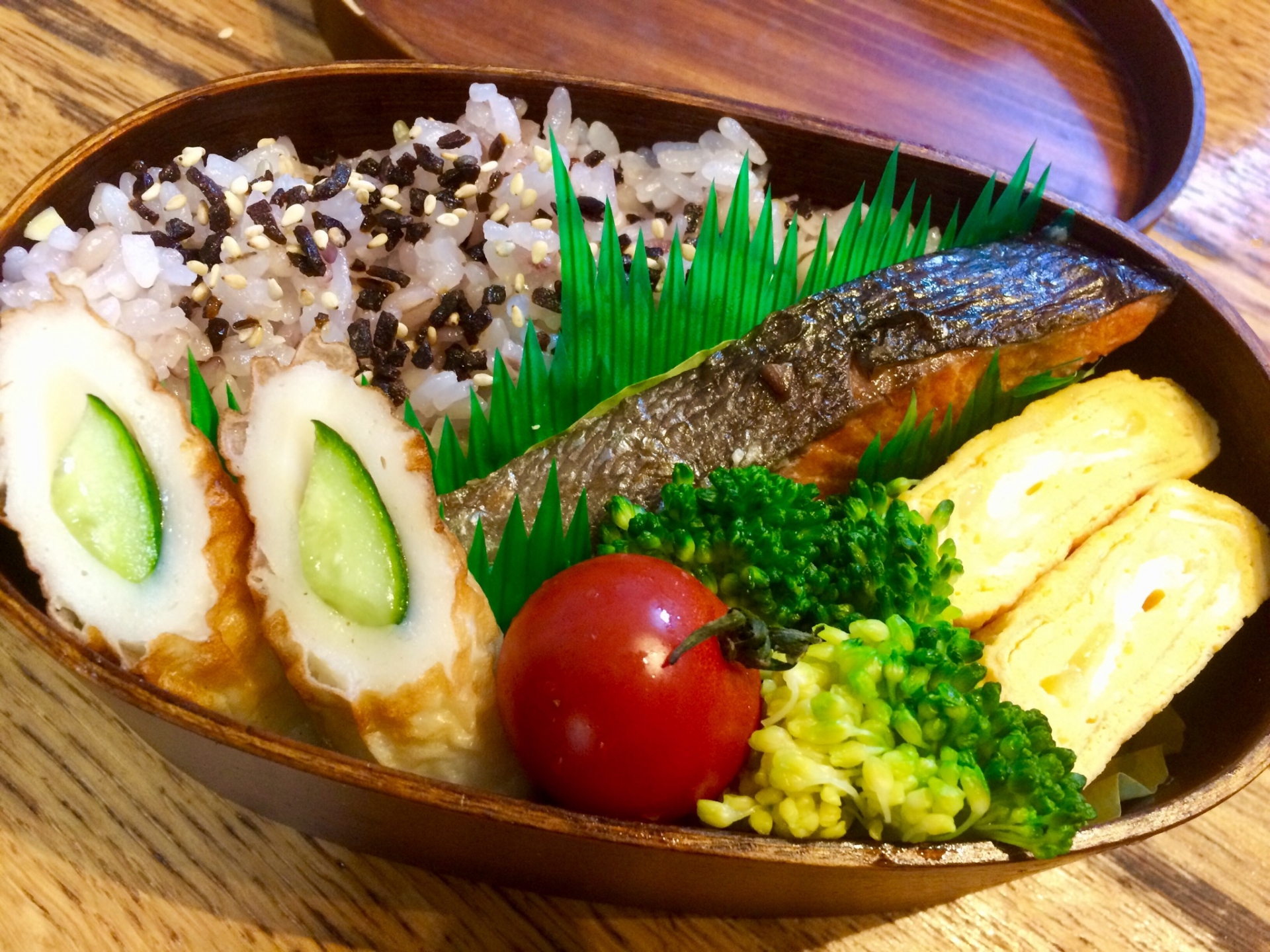
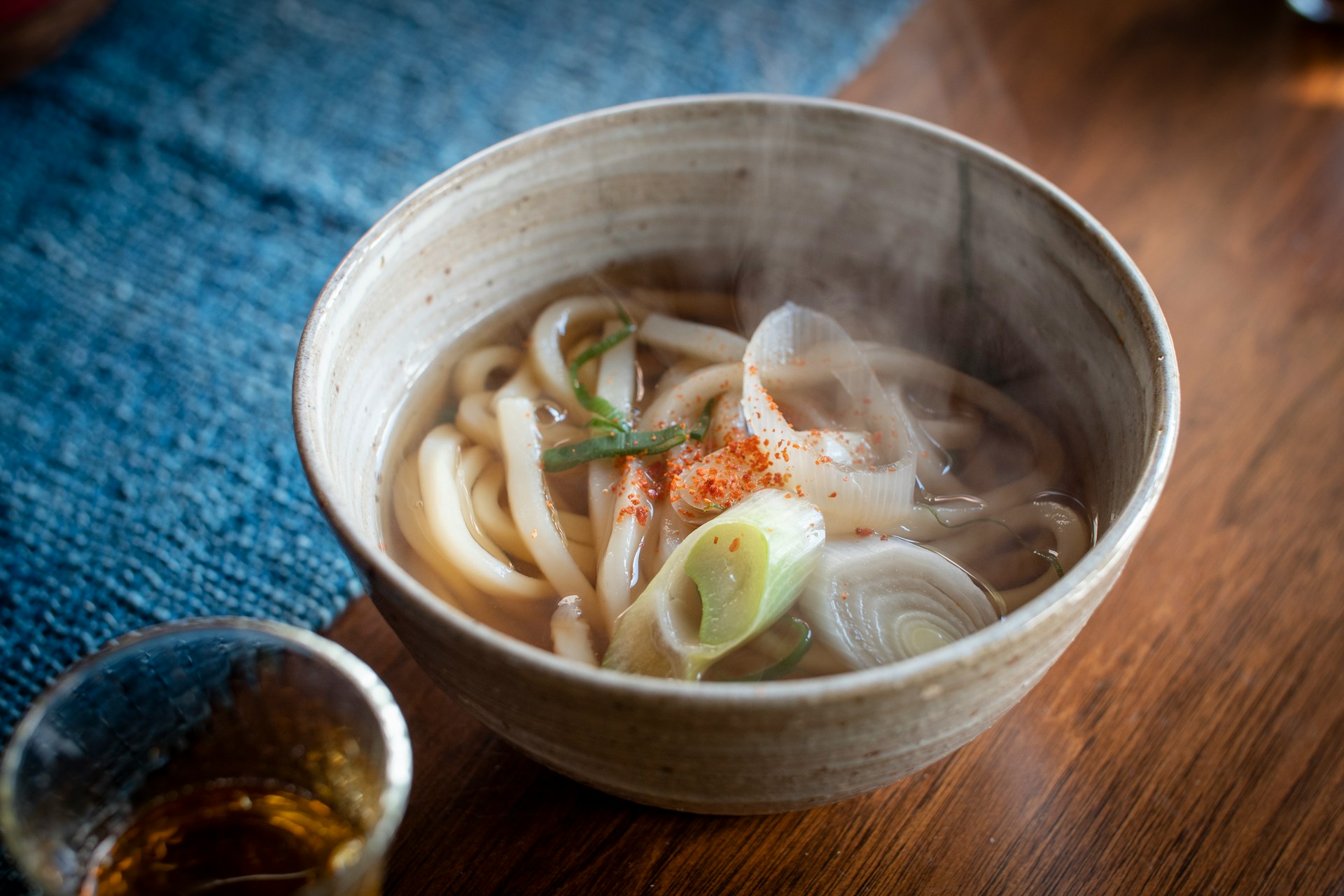
Kakiage vs. Other Tempura Types
Kakiage differs from standard tempura in several key ways:
| Feature | Kakiage | Standard Tempura |
| Preparation | Mixed and clustered | Individually coated |
| Appearance | Round fritter | Singular pieces |
| Texture | Crunchy clusters | Light, airy crisp |
| Typical Ingredients | Mixed veg + seafood | Shrimp, sweet potato |
While traditional tempura emphasizes the beauty of each individual ingredient, kakiage celebrates the harmony of mixed textures and flavors. Some cooks prefer kakiage for its simplicity and ability to use up leftovers without waste.
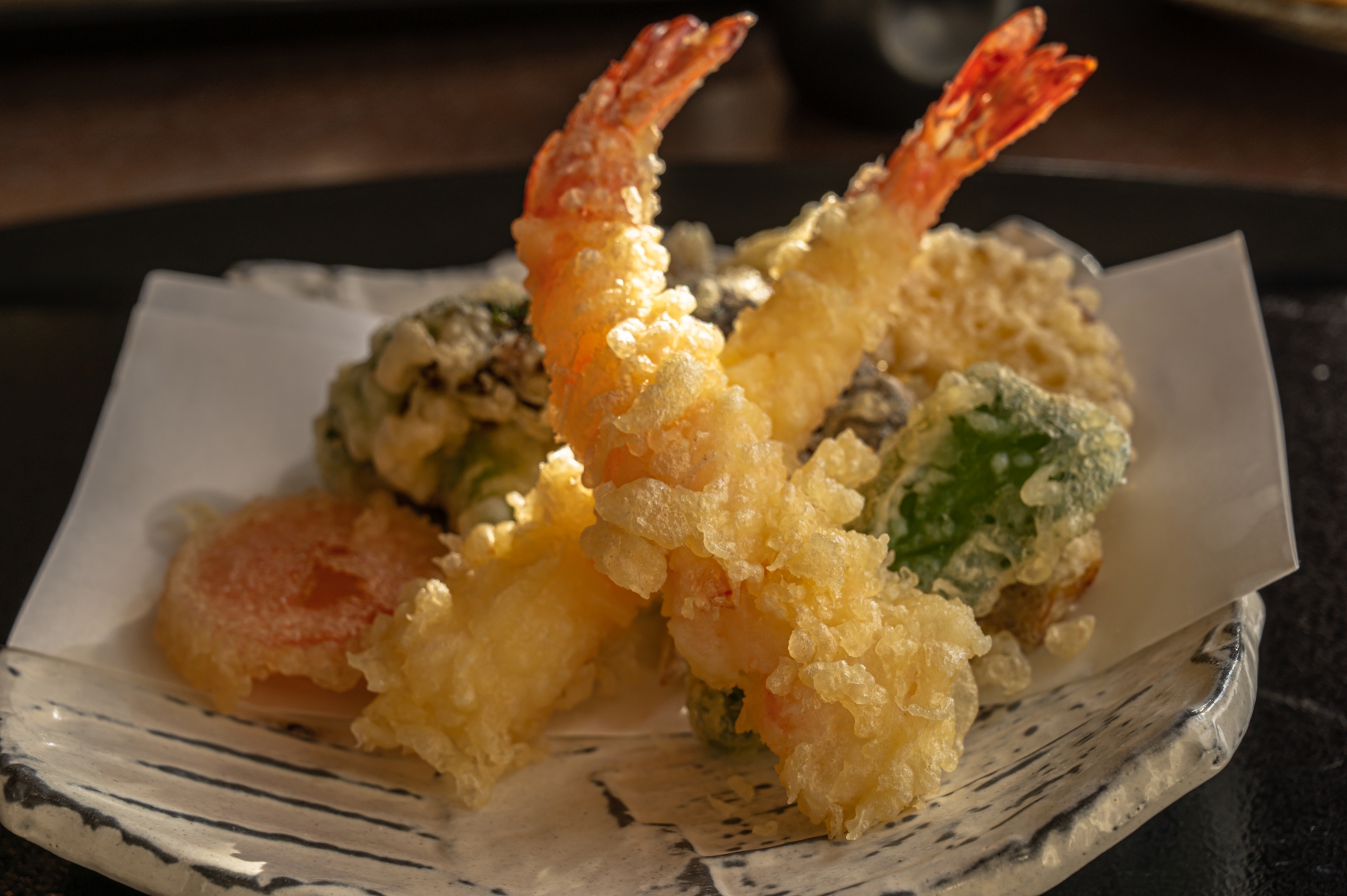
FAQs About Kakiage
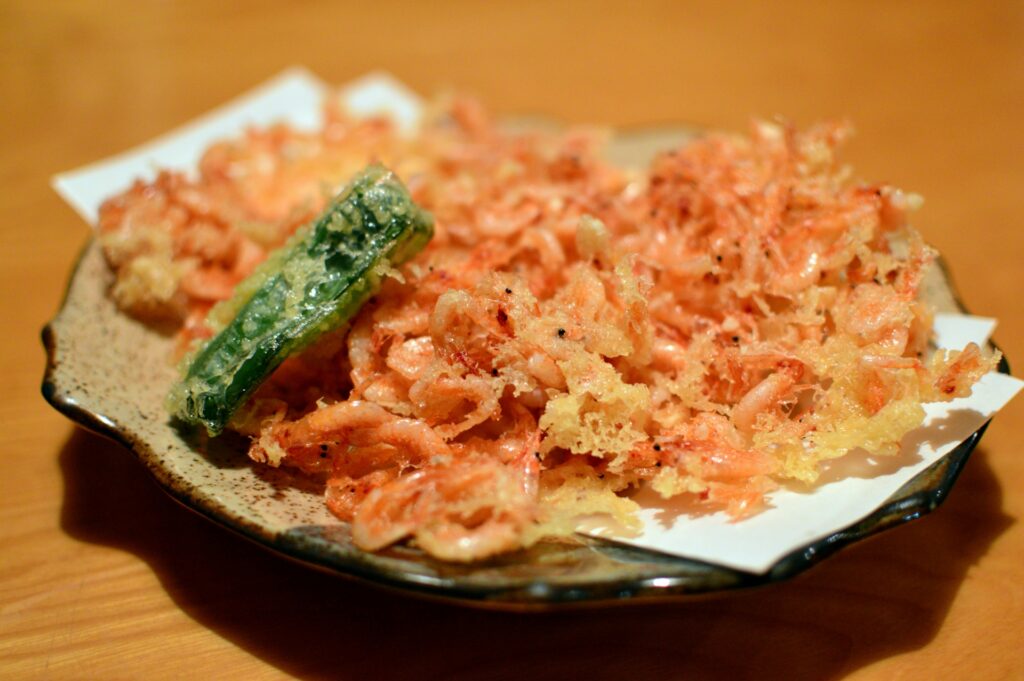
Is kakiage vegetarian or vegan? It can be! Traditional versions often include shrimp, but you can easily omit seafood and use tofu or more vegetables.
What does “kakiage” mean in Japanese? The word 「かき揚げ」(kakiage) comes from “kaku” (to stir) and “age” (to fry), referring to how the ingredients are mixed and deep-fried together.
Can I make kakiage gluten-free? Yes. Use gluten-free tempura flour or mix rice flour and cornstarch for the batter.
How do I reheat kakiage? Reheat in an oven or toaster oven at 350°F (175°C) for 5-7 minutes to restore crispness. Avoid microwaving as it can make the fritter soggy.
Beyond the Basics: Creative Kakiage Variations
Once you master the basics, try some fun variations:
- Vegetable Add-ins: Lotus root, corn, bell pepper, shiso leaves.
- Seafood Medley: Squid, scallops, tiny fish (shirasu).
- Dipping Sauces: Ponzu, spicy mayo, wasabi soy sauce.
- Fusion Ideas: Kakiage burger patty, taco filling, or sandwich topping.
These twists can make your kakiage more vibrant, experimental, or even perfect for a party platter.
Final Thoughts: Why Kakiage Deserves a Spot on Your Table
Kakiage isn’t just another tempura style—it’s a celebration of texture, versatility, and everyday Japanese cuisine. Whether you’re using up leftover vegetables or creating a gourmet version with seafood and exotic dips, kakiage invites creativity while staying rooted in tradition.
If you love comfort food with a crunch, give kakiage a try. You may just find your new favorite way to enjoy Japanese tempura at home.

